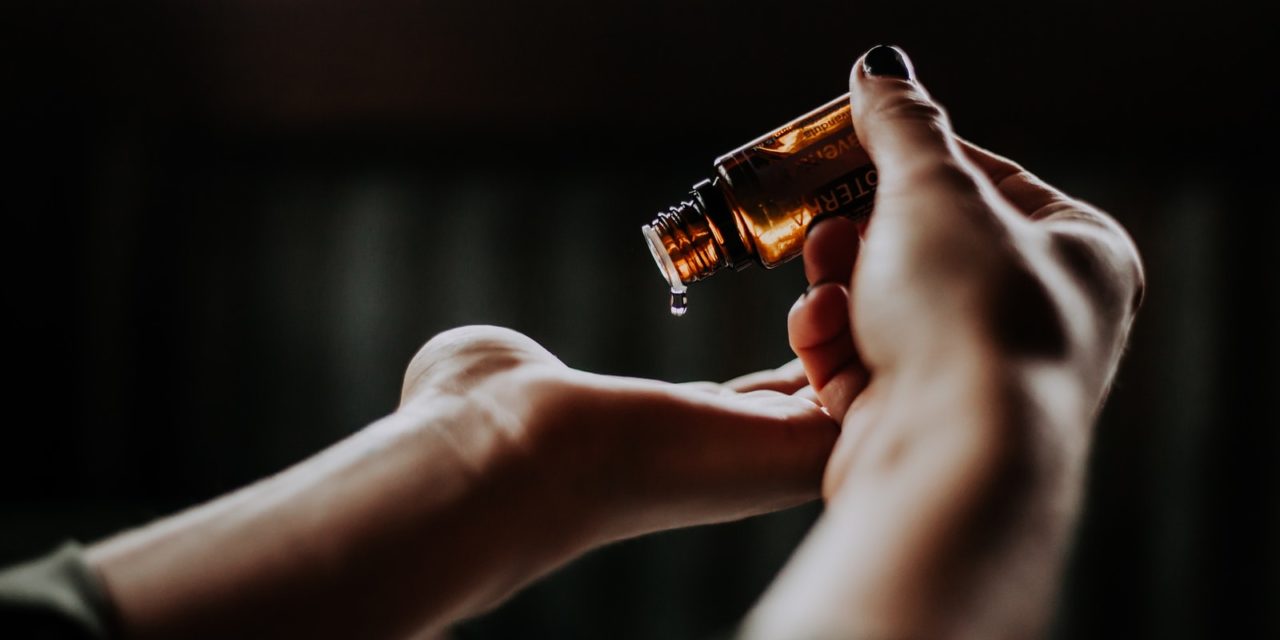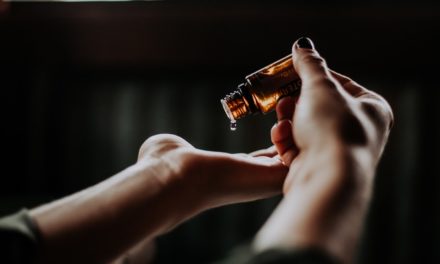(Both students and teachers have experienced increased hardship this schoolyear, as they had to navigate hybrid and remote learning environments and balance schoolwork with other priorities. Research shows that teens are more anxious than others due to the pandemic.
Many teenagers had trouble coping with academic stress even before COVID-19. Now, this problem is made worse by missing one year of critical developmental socialization. According to the U.S. Centers for Disease Control and Prevention (63% of young adults reported feeling anxious and depressed after COVID-19).
May is Mental Health Awareness Month. This year, the importance of youth’s social-emotional well-being has increased. People from all over the country have shared resources that promote self-care and wellness in an effort to reach people who are looking for guidance. Many educators in our schools are eager to support their students, as many children and teens need help understanding and coping with their emotions.
There are proven programs and resources that can improve our emotional and social well being throughout our lives. The nationwide initiative known as “Life’s Good: Experience Happiness”Promotes youth mental health education and social-emotional wellbeing. John I. Taylor (senior vice president, LG USA), the main sponsor of Experience Happiness, said that this science-based program focuses on six skills that can be used to help individuals overcome adversity.
Researchers at The University of California Berkeley developed the skills: mindfulness, human connection and positive outlook. “To help bring these life-changing skills to America’s youth, we worked with leading non-profits and educators,”Taylor. “And we’re pleased to see positive results. Whether they experience social-emotional learning at school or at home, students who practice happiness skills are better able to cope with stress and demonstrate better behavior towards their work, their peers and their teachers.”
You can access the Experience Happiness program through digital resources. This helps individuals to develop tools that will help them achieve greater health and happiness throughout their lives. LG and its social partners, Be Strong, Collaborative for Academic, Social, and Emotional Learning CASEL, Discovery Education, Inner Explorer, and Greater Good Science Center, recognize the need to provide these resources. More than 4 million students have been trained in these skills by outstanding educators.
“In this unprecedented school year, it’s essential to connect communities to resources that support all students in learning and practicing the necessary skills to build happiness in any learning environment,” says Beth Meyer, Vice President of Corporate & Community Partnerships at Discovery Education. “Helping students cultivate self-confidence, manage stress and maintain their well-being so they can thrive has never been more critical.”
Social-emotional learning is an integral part of educators’ curriculum. They are the ones who stand at the forefront of today’s youth mental illness crisis. 50 was named in their honor for their extraordinary impact on providing mental health tools to students. “Superhero Teachers”This spring, six Americans were honored for their commitment to teaching sustainable happiness skills and supporting their students during difficult times.
“Teachers across the country are championing the use of practices such as mindfulness in the classroom, which remains instrumental in supporting students’ ongoing mental health and wellbeing,”Laura Bakosh Ph.D. is the co-founder of Inner Explorer. “The LG Experience Happiness program will continue to be pivotal in helping reach more youth and educators with these skills.”
As they become responsible, motivated and self-aware adults, these students will be better equipped to manage their emotions in the future. Visit www.stupid.com for more information. lgexperiencehappiness.com.
The pace of life today is rapid. People can check their kids’ soccer scores on the phone, while also sending emails to work with the help of digital technology. With the advent of the Internet, consumers can expect the same conveniences from all services and businesses except their insurance companies. For many people struggling to pay their medical bills, this can seem like a long wait, even though 98 percent of claims for health insurance are processed in 30 days.
It is no longer enough to be insured, as nearly two-thirds of American households have less income than 2002. It is vital to understand how quickly and efficiently your insurance carrier pays claims. This is important for both financial and medical recovery.
According to a recent survey, 66% of workers would struggle to pay for the financial burdens associated with serious injuries and illnesses. Only 49% of workers have over $1,000 to pay out-of-pocket costs. Employers are being forced to take cost-saving measures due to rising health care costs, which is putting even more financial pressure on employees.
* Increasing employees’ health care insurance copayments.
* Increasing employees’ share of premium.
* Implementing high-deductible health plans with health savings accounts.
Some people might have to wait as long as a month to receive their insurance payments. Many insurance companies are able to offer fast service because they have better technology and an understanding of today’s consumer needs. This is just one example. AflacIt is almost rare for insurance companies to offer policies that include claims processing, approval, and payment in a single day.
Fast payment policies are no longer luxury items of the past. It’s a necessity. It is more important than ever that you have money available immediately for serious injuries or illnesses. Your insurance company should be able to respond quickly.
Aflac’s One Day Pay guarantee can be found on aflac.com/onedaypay.












